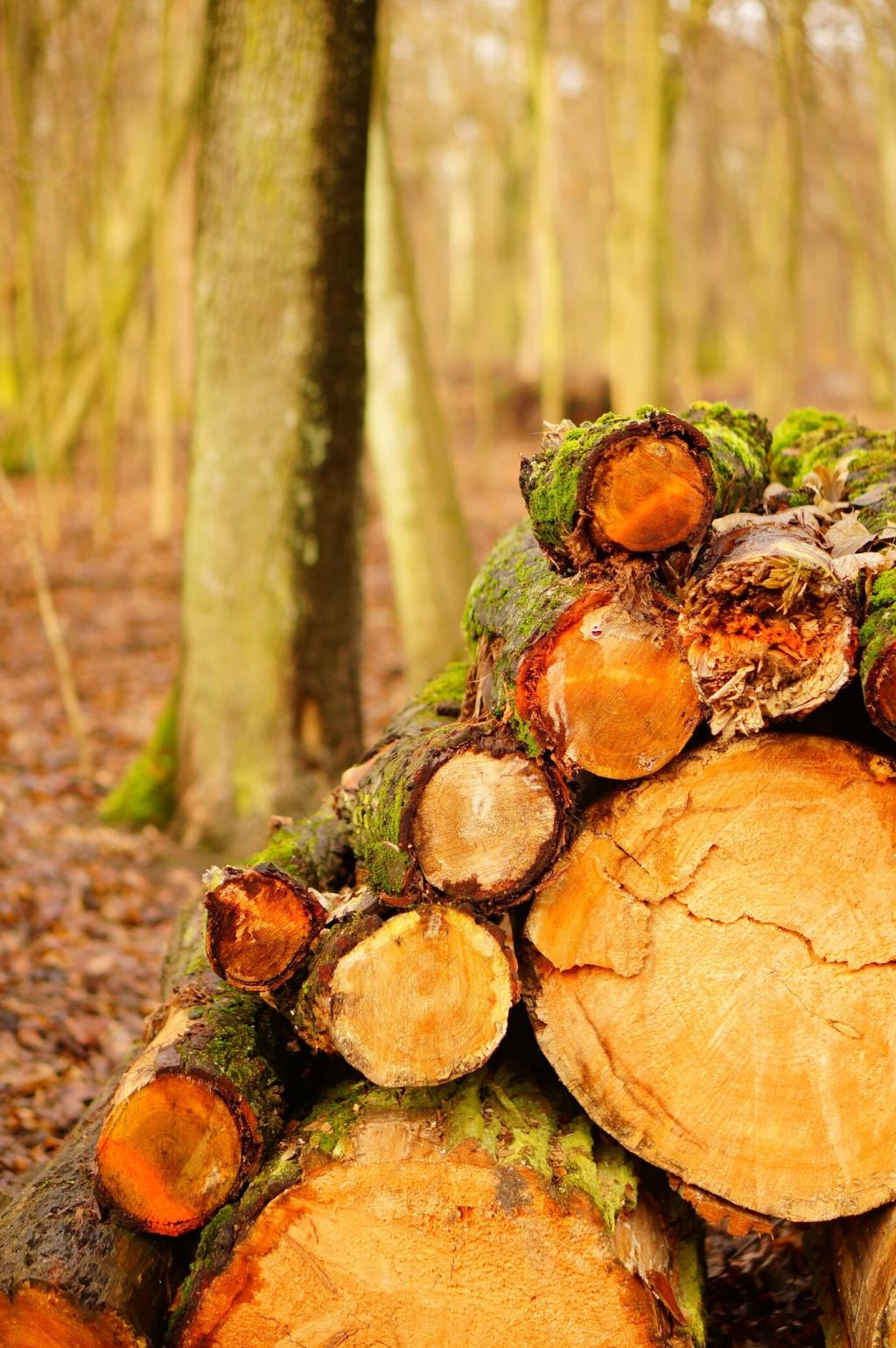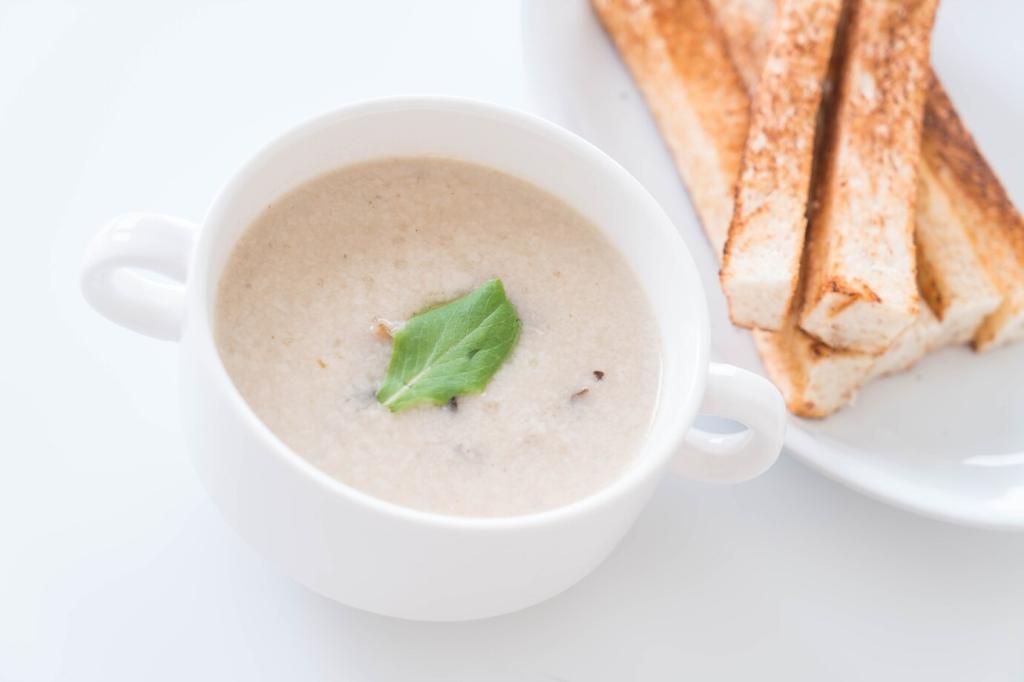
Caring for Wood Through Every Season
Chosen theme: Maintaining Wooden Furniture During Seasonal Changes. Learn how temperature, humidity, and sunlight shifts affect your favorite pieces—and how simple routines preserve their beauty. Share your questions, subscribe for seasonal checklists, and tell us what you’re caring for this month.
Why Wood Reacts to the Weather
Wood Is Hygroscopic—and Always Moving
Wood absorbs and releases moisture with changing air conditions. That means panels swell, shrink, and flex, stressing joints and finishes. Accepting this natural movement is step one in maintaining wooden furniture during seasonal changes without panic.
Humidity, Temperature, and the Seasonal Swing
Summer’s humid air plumps fibers; winter’s dry heat pulls moisture out. Rapid swings cause cracks, loose joints, and cloudy finishes. Gentle, gradual environmental changes protect structure and sheen, extending your furniture’s reliable, everyday comfort.
A Small Story from an Old Oak Table
My grandfather rotated his oak table each equinox to balance sunshine and room airflow. The habit seemed quirky until I noticed fewer color bands and tighter joints. Share your family rituals that keep heirlooms steady through fickle seasons.
Deep Dusting Without Drying the Grain
Use a slightly damp microfiber cloth, followed by a dry pass, to lift winter dust without forcing grit into pores. Avoid harsh chemicals now; we are maintaining wooden furniture during seasonal changes, not stripping its protective character.
Oil or Wax After Winter?
Dry interiors leave finishes thirsty. A thin coat of hard-wax oil or paste wax replenishes luster and adds a moisture buffer. Test in a hidden spot, then invite readers to compare their favorite spring products in the comments.
Pollen, UV, and Open Windows
Open-window days invite pollen that clings to finishes. Wipe surfaces weekly and draw sheer curtains to soften UV. Position pieces out of direct beams to avoid uneven fading. Subscribe for our spring UV map and placement tips.
Summer Defense: Heat, Humidity, and Sun
Run ceiling fans on low and keep a steady, moderate indoor humidity. Dehumidifiers in coastal or basement rooms prevent swelling. We’re maintaining wooden furniture during seasonal changes by controlling the room, not fighting the furniture.
Autumn Prep: Stabilize Before the Heat Turns On
Conditioning Before the Drop
Apply a nourishing oil or wax as temperatures start to fall, not after wood is already dry. This pre-emptive step cushions the seasonal transition, minimizing checks and keeping sheen even throughout cooler months ahead.
Tighten, Tune, and Test
Gently tighten hardware, level wobbling legs, and test drawer slides before winter. Minor fixes now prevent stress on brittle fibers later. Maintaining wooden furniture during seasonal changes rewards early, careful attention and light-handed adjustments.
Felt Pads, Rugs, and Sound Damping
Add fresh felt pads and stable rugs before doors and chairs start squeaking on dry floors. Reduced vibration supports joints, while pads reduce scuffs that become more visible when winter light turns cool and unforgiving.
Humidifiers Done Right
Maintain indoor relative humidity around forty to forty-five percent. Place hygrometers near treasured pieces, and position humidifiers across the room to avoid direct mist. Share your favorite quiet models for bedroom or study setups.
Microcracks, White Rings, and Quick Fixes
Minor surface checks often relax when humidity stabilizes. For white cup rings, try a gentle heat method with a soft cloth and low iron. Comment with your go-to winter rescue stories and what finally worked for stubborn marks.
Cold Entryways and Sudden Changes
Avoid placing antiques near drafty doors or radiators. Insulate with floor runners and move pieces a few inches off cold walls. Maintaining wooden furniture during seasonal changes is mostly about smoothing those abrupt environmental shocks.

